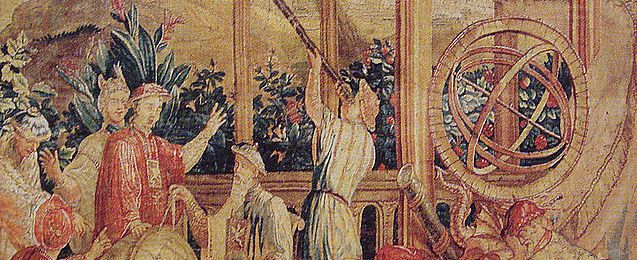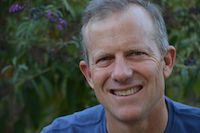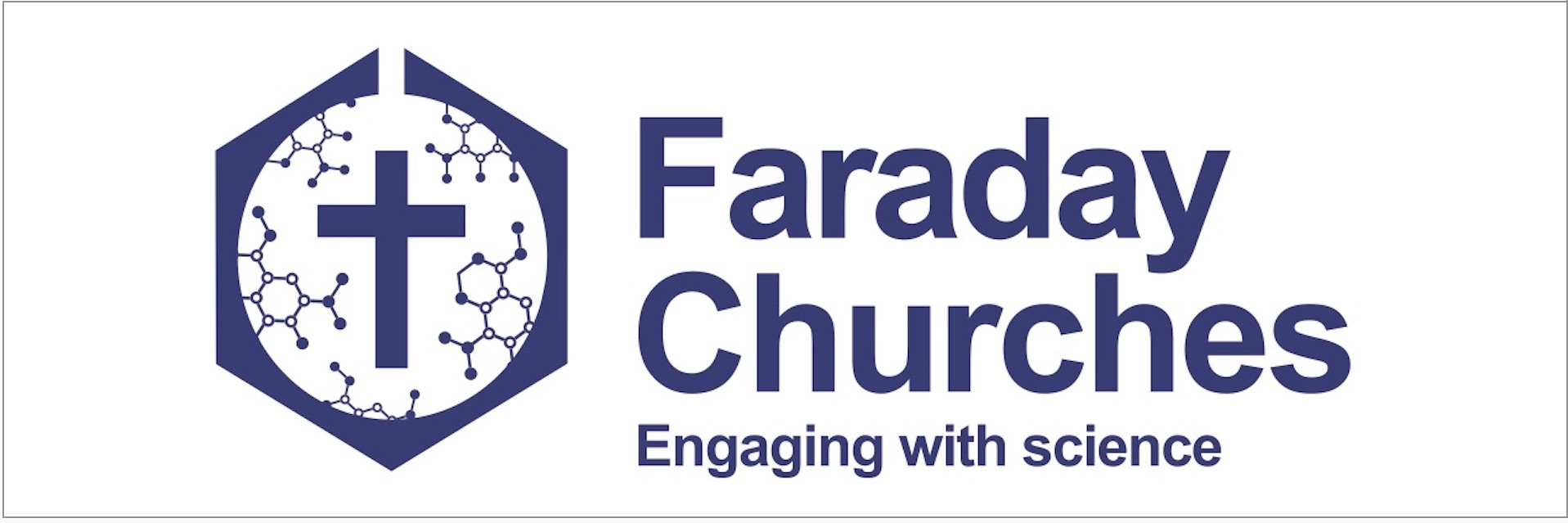
I was seated in the Bell Memorial Union at California State University, Chico, on a beautifully sunny fall day, interviewing one of my students, Giovanni, 19, who grew up in a devoted Catholic family and attended one of the finest Catholic high schools in the Silicon Valley before heading to Chico State.
These conversations always fascinate me because so many emerging adults—those 18-30 year olds among us (perhaps even reading this blog)—are declining to affiliate with any religion. When asked which box to check in response to “What religion are you?” 35-40% will mark “none.” I want to find out why. One key reason, noted by David Kinnaman of the Barna Group,emerging adults are becoming “nones” because they see the church as “antagonistic to science,” unwilling to take in, or take on, its insights and challenges.
The conversation with Giovanni was friendly and intriguing, while offering the surprises that mark any worthwhile interview.
I posed one of my standard questions,
“What’s the best relationship between science and religion?”
“Independence. But if religion says something against science, I’ll pick science.”
I’m still pondering that response: If religion says something against science, science wins. I wonder if there are other options? Can we learn from the past when the two didn’t seem to force a choice? Maybe, I thought, we need to do science like it’s 1718, when theological giants like Jonathan Edwards walked the earth (and the ThirteenColonies). Here was a theologian who demonstrated early interest in the natural world, who wrote a study of spiders as child. And in 1718, he would have already entered Yale (which he did at 13—the average age at the time was 16), and was four years from graduation at 17. Not long after he entered many years of pastoral work. Indeed here was a man so committed to the life of the mind and to kindling a burning piety that he woke up at 4am and made it a practice to study thirteen hours a day.
Leading historian George Marsden writes of Edwards that he set out for nothing less for his congregation and readers than to grasp God’s beauty and salvation:
“They will be drawn from their self-centered universe. Seeing the beautyof the redemption love of Christ as the true center of reality, they will love God and all that he has created.”
How did Edwards seek to achieve this? Note the word “beauty” (which I italicized): Edwards engaged theologically with science around the concept of beauty, which, I think, is a potential nexus for relating theology and science today.
Indeed Edwards was highly engaged in the science of his day, self-consciously fashioning his work in the wake of Newtonian physics. This engagement with science, or more properly, “natural philosophy,” characterized the clergy in his eighteenth century New England. As the most educated members of his society, pastors like Edwards often commented on the scientific discoveries of the day. In fact, few thought of theology and science in conflict. It’s worth reminding ourselves that only in the early nineteenth century did “science” mean natural science and subsequently became separated from philosophy and theology.
Beauty linked science and religion (as we would now see the two) because Edwards contemplated a world full of God’s glory:
“All the beauty to be found throughout the whole creation is but the reflection of the diffused beams of that Being who hath an infinite fullness of brightness and glory.”
For Edwards, beauty can be defined as proper relations and harmony, not unlike most of the philosophical and theological tradition that preceded him. Beauty exists where and when things fit properly together: “Beauty does not consist in discord and dissent, but in consent and agreement.” Consequently, the late Perry Miller, Harvard’s intellectual historian, a perceptive commentator on Edwards, identifies this as an ethics of beauty: “That which is called ‘virtue’ is a certain kind of beautiful nature, form or quality that is observed in things.”
What can we learn today, three hundred or so years later, from Jonathan Edwards about relating science and religion? Science—or “natural philosophy”— pierces through the phenomenal world to see beauty, and that’s why he pondered the beauty of the world as a natural philosopher and theologian… which doesn’t sound much different from what the physicist Henri Poincaré wrote two hundred years later:
“The scientist does not study nature because it is useful to do so. He studies it because he takes pleasure in it; and he takes pleasure in it because it is beautiful. If nature were not beautiful, it would not be worth knowing and life would not be worth living….”
In this pursuit of beauty, Edwards found a marked reconciliation of scientific and religious thought —which really were not entirely separate in his mind.
In writing this post, A comment from another student, Jose, 19, a self-described “Buddhist Christian” came to mind:
“Evolution can explain how rocks and river formed, but when you see the light and beauty, it takes your breath away. Science can’t take away beauty and mystery.”
That, though a useful perspective on religious faith is, I’m arguing, an impoverished view of science.
What if we followed Edwards? What if it’s beautiful both to observe the natural world and to know, by faith, our Creator and Redeemer?
I’m not sure we can entirely go back 300 years, but I’m fairly sure that Jonathan Edwards can help us recover something that’s absolutely old, but also entirely contemporary, that’s profoundly theological and utterly scientific. Maybe it’s worth another try.

© G Cootsona
Greg Cootsona is Lecturer in Comparative Religion and Humanities at California State University at Chico and project leader of Science and Theology for Emerging Adult Ministries, an initiative at Fuller Theological Seminary’s STAR Office (Science Theology and Religion). His book Mere Science and Christian Faith: Bridging the Divide with Emerging Adults (InterVarsity Press) is just out, and this post is adapted from a forthcoming book with Routledge, currently titled Science and Religion in the United States: The Present State and Future Directions.




